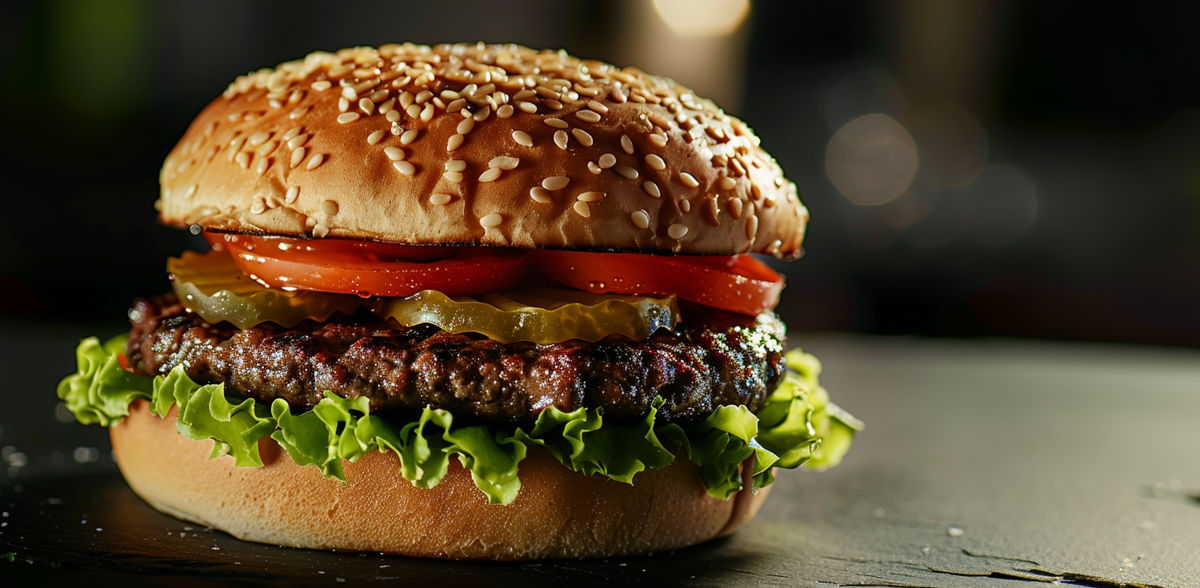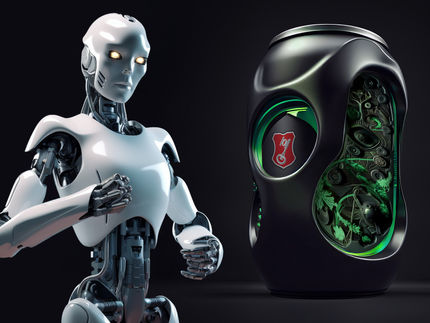AI-generated food images look tastier than real ones
How technology is changing our perception of food
With the Global Nutrition and Hydration Week 2024, researchers have announced an intriguing discovery – consumers generally prefer AI-generated images of food over real food images, especially when they are unaware of their true nature. The new findings have been published in Food Quality and Preference.
According to the researchers, the results suggest that AI-generated food visuals excel at enhancing the appeal of depicted foods by leveraging key features such as symmetry, shape, glossiness, and overall lighting and colour. All of these are known to contribute significantly to the attractiveness of food imagery.
Even subtle tweaks in positioning may enhance the appeal of AI-generated food images. Lead author Giovanbattista Califano (Department of Agricultural Sciences, University of Naples Federico II) explained: ‘As humans, we tend to feel uneasy with objects pointing towards us, interpreting them as threats, even when it’s just food. When tasked with replicating food photos featuring items pointing at the viewer, such as a bunch of carrots or a piece of cake, the AI often positions the food so that it doesn’t directly point at the viewer. This warrants further studies, but it's plausible that this approach enhances the perceived attractiveness of the depicted food.’
In the study, the researchers asked 297 participants to rate real or AI-generated food images on a scale from “Not at all appetizing” to “Extremely appetizing.” The images depicted a range of natural, processed, and ultra-processed foods, from apples and carrots to chocolate milkshakes and potato fries. When participants were told how each image had been created—whether through photography or AI—they tended to rate real and AI-generated versions equally appealing. However, when participants were unaware of the image creation process, the AI-generated version was consistently rated as significantly more appetizing than the real food image.
Study supervisor and co-author Professor Charles Spence (Department of Experimental Psychology, University of Oxford) said: ‘While AI-generated visuals may offer cost-saving opportunities for marketers and the industry by reducing the cost of commissioning food photoshoots, these findings highlight potential risks associated with exacerbating ‘visual hunger’ amongst consumers—the phenomenon where viewing images of food triggers appetite and cravings. This could potentially influence unhealthy eating behaviours or foster unrealistic expectations about food among consumers.’
Additionally, the researchers also found that AI-generated images tend to depict foods to appear more energy-dense compared to the originals, particularly in the abundance portrayed. For instance, AI may increase the number of fries in the image or add more whipped cream to a dessert. Given that humans have an evolutionary drive to pay more attention to energy-dense foods, this raises concerns that widespread dissemination of such idealized food images could promote cue-induced eating of unhealthy foods.
Furthermore, with the global movement towards more sustainable consumption patterns, including the promotion of ‘ugly’ fruits and vegetables, there is a concern that constant production of AI-enhanced food images might nudge consumers towards an unrealistic standard of how natural foods should look, potentially harming sustainability efforts.
Original publication
Other news from the department science
Most read news
More news from our other portals
See the theme worlds for related content
Artificial intelligence (AI) for food and beverages
Artificial intelligence (AI) is optimizing the food and beverage industry through automated quality control and more accurate demand forecasting. AI plays a particularly important role in product development by analyzing taste preferences and market trends. This allows new products to be developed that are better tailored to consumer needs, increasing efficiency and customer satisfaction.

Artificial intelligence (AI) for food and beverages
Artificial intelligence (AI) is optimizing the food and beverage industry through automated quality control and more accurate demand forecasting. AI plays a particularly important role in product development by analyzing taste preferences and market trends. This allows new products to be developed that are better tailored to consumer needs, increasing efficiency and customer satisfaction.



























































